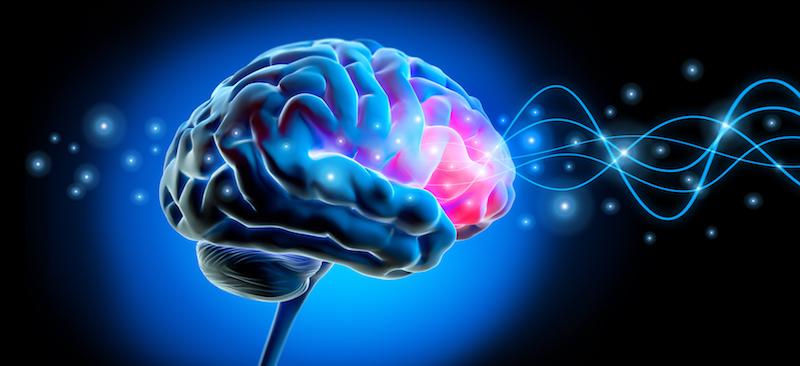Mysteries of the Brain
Mysteries of the Brain is an information-rich journey through the complex and fascinating anatomy of the brain! Students will discover the various systems responsible for cognitive processes through an introduction to the history of cognitive neuroscience, basic neurophysiological functions, current research methods for studying brain-behavior relationships, and much more. Students will gain a wealth of knowledge on developing a curriculum for teaching aspects of brain function to their students.
|
Course Name: Mysteries of the Brain |
|
|
Course Number: EDUC 711P |
Semester Credits: 3 |
Course Description
On this journey through the brain, mysteries of how the brain functions to make us human are revealed. This course emphasizes brain systems responsible for cognitive processes through an introduction to the history of cognitive neuroscience, anatomy of the brain, basic neurophysiological functions, and current methods used to study brain-behavior relationships. The course proceeds to address theories and data concerning the following cognitive activities: perception, attention, action planning, memory, hearing, language, calculation, executive control, social and emotional processes, and development.
Mysteries of the Brain balances current theories of cognition with evidence from average people and from patients with localized brain damage. Ordinary people are tested while performing cognitive tasks: one set of tests monitors electrical activity generated by the brain as in the electroencephalogram (EEG), while another monitors chemical activity during brain scans as in functional magnetic resonance imaging (fMRI). The second set of tests disables brain areas momentarily with transcranial magnetic stimulation (TMS) to determine the loss of cognitive function. Patients with localized damage help establish whether or not those regions take part in specific cognitive systems. The convergence of evidence from these sources helps define brain systems underlying each cognitive process.
Goals
- Acquire basic knowledge of brain anatomy and physiology.
- Understand how complementary methods of recording, functional imaging, temporary disabling of function, and damage acquired from accidents or disorders such as stroke converge to localize functions.
- Understand how the brain serves levels of cognition, from basic perception in primary sensory zones, through perceptual and memory functions in the secondary regions to executive and decision processes in the frontal lobes.
- Gain direct experience with some experimental methods used in cognitive neuropsychology.
- Develop materials for teaching some aspects of brain function.
Course Contents
- Introduction to cognitive neuroscience
- Introduction to the brain
- The electrophysiological brain
- The imaged brain
- The lesioned brain
- The seeing brain
- The spatial brain and attention
- The acting brain
- The remembering brain
- The hearing brain
- The speaking brain
- The literate brain
- The numerate brain
- The executive brain
- The social and emotional brain
- The developing brain
Evidence of Learning Outcomes
Upon completing Mysteries of the Brain, the student will have demonstrated knowledge of the brain’s structure and function, basic neurophysiological functions, current methods used to study brain-behavior relationships, and much more. Students will gain an understanding of how to apply this complex research for further comprehension of this information-rich subject.
How to Register
Registration is simple and can be done online or over the phone. Courses are offered ongoing during three semesters, and enrollees may begin at any time. Students may choose to enroll in up to a maximum of 15-semester credits at any time during a semester.
Fall: September 1 - January 31
Spring: February 1 - May 31
Summer: June 1 - August 31
